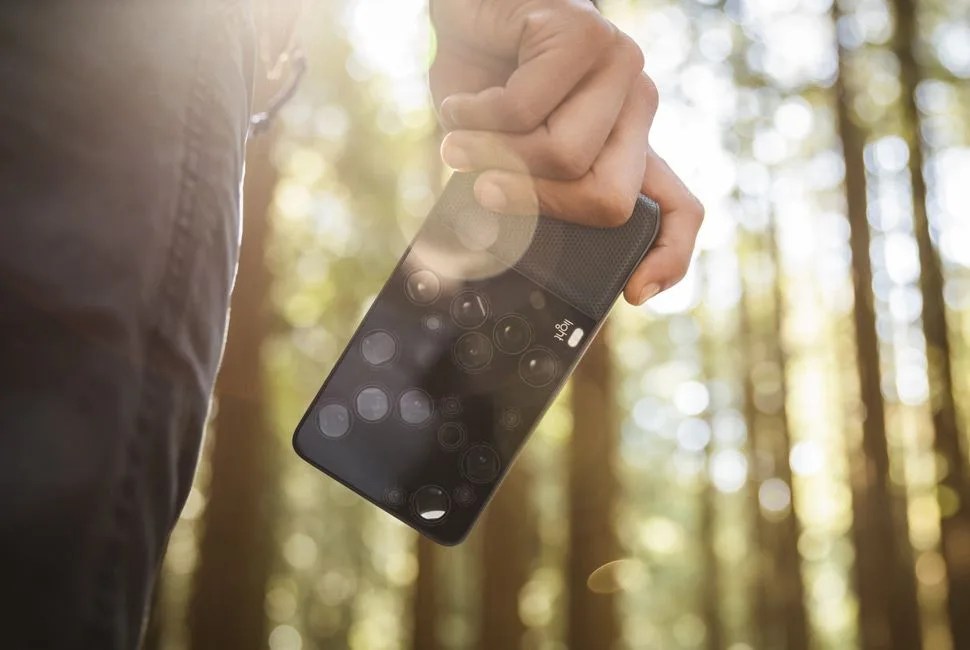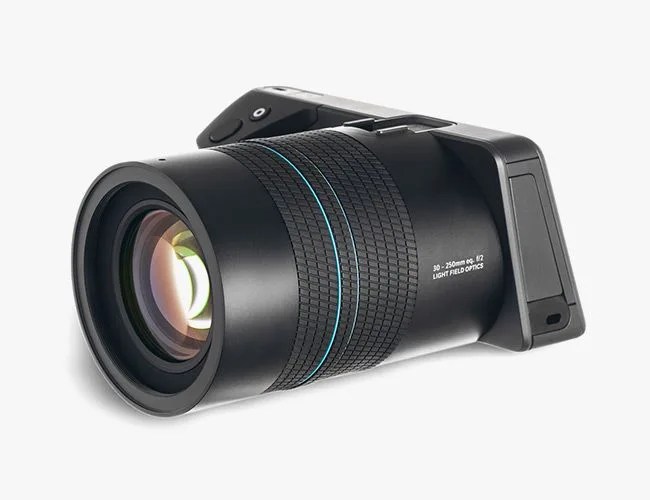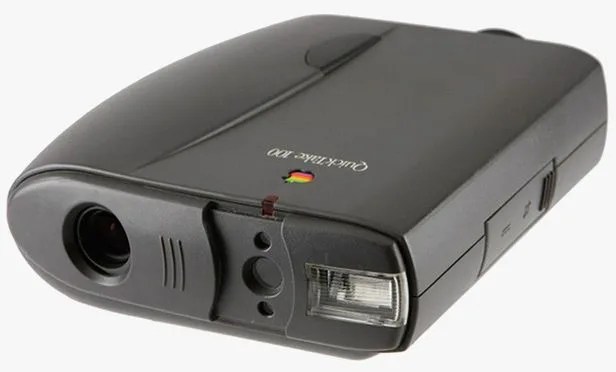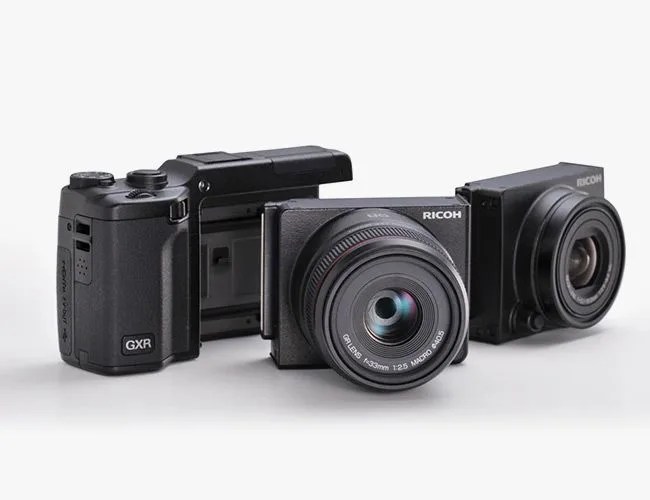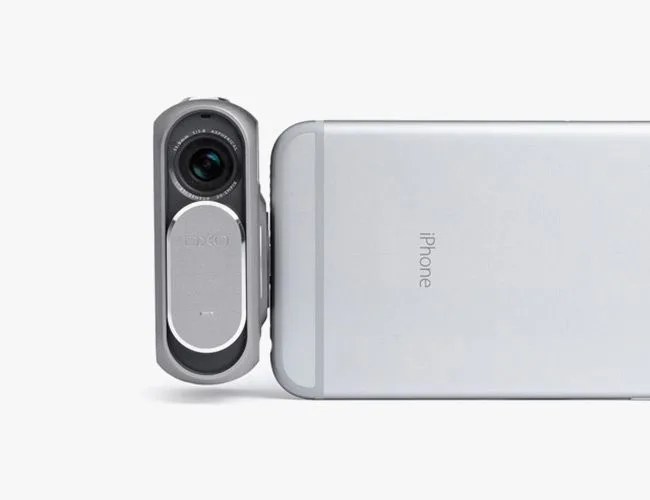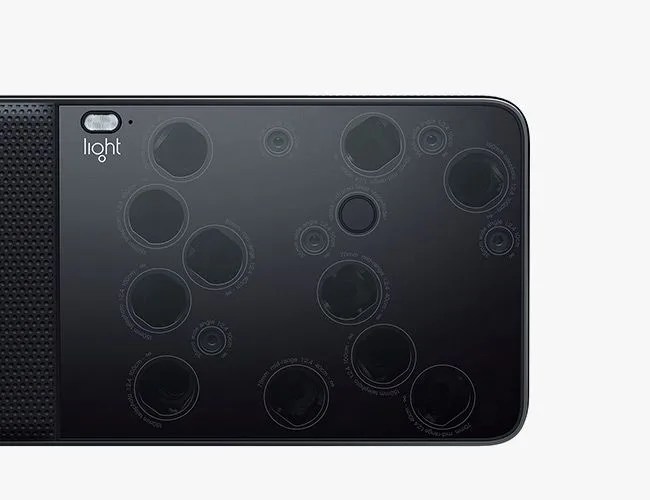Digital cameras first broke onto the scene in the early 2000s. With no precedent for how they should work or look, every company tried to make their digital camera unique. Nikon made a point and shoot that had a swivel lens so that you could take pictures of yourself. Olympus made the Camedia C-211, a camera that took digital photos and printed directly on Polaroid film from the camera itself. Today’s camera culture is much the same, with companies fighting tooth and nail to make the next big revolution in digital photography. The result has led to some straight bizarre cameras and some bizarrely revolutionary ones. A few are certainly more kitsch than others (like Nikon’s S1000pj, with a digital projector built into a point and shoot), but all are worth a quick look.
Kodak EasyShare V570
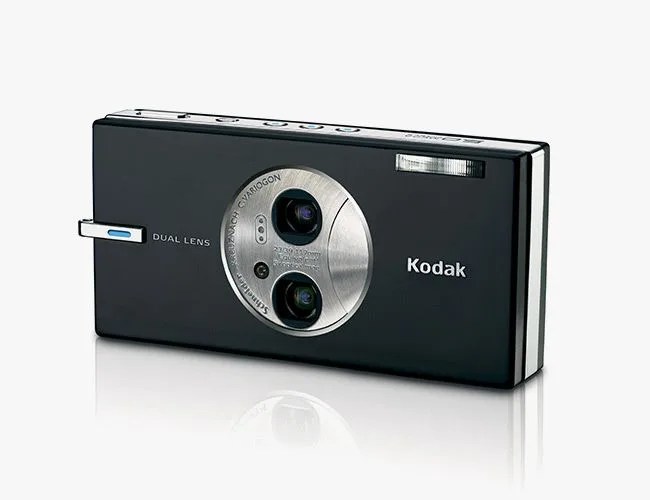
A Zoom Icon, Long Overshadowed: Introduced in 2006, the Kodak EasyShare V570 was the first digital camera of its kind. It featured two lenses, each with their own sensor — a wide angle and a 3x zoom lens. The setup allowed amateur photographers to switch easily between two different views to get better shots. While revolutionary at the time, it’s long since been overshadowed by optical zoom lenses, so unless you feel the need to be ten years behind the times, the V570 is more or less outdated.
Samsung Galaxy Camera 2
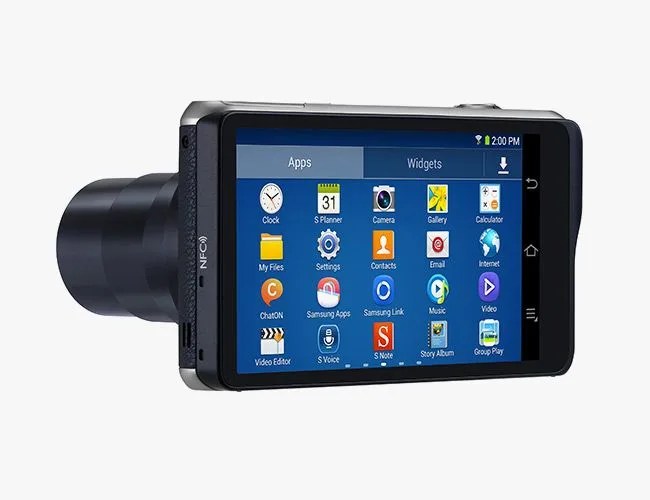
A Camera with Computing Hardware: On the surface, the Samsung’s Galaxy Camera 2 is a fairly standard point-and-shoot camera. It features a 21x optical zoom, a 16MP camera and a compact body. What is unique about the Galaxy Camera 2, however, is the fact that it runs Android Jelly Bean and features a 4.8-inch HD touch screen. The idea is that you edit, share and view photos directly from your camera without moving them to your phone or computer. It’s cool in theory, but in a lot of ways, the Galaxy Camera 2 is trying to solve a problem that doesn’t exist.
